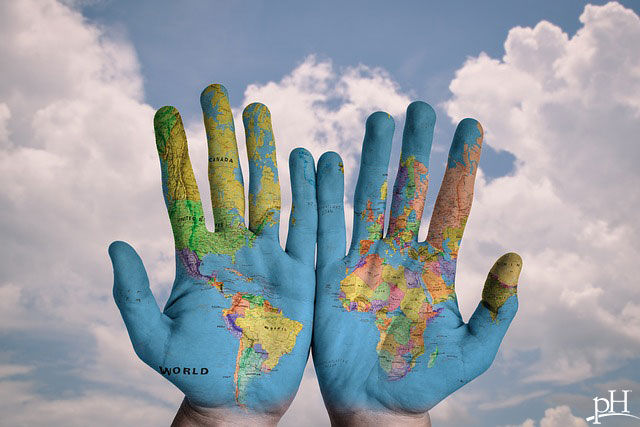Lower incomes tied to high blood pressure rates: Why nutrition and education may be key
9 years ago | Hypertension
By pH health care professionals
High blood pressure is a global health issue, affecting over a billion people, and it’s only gotten worse. The number of people with high blood pressure has nearly doubled over the last 40 years.
But believe it or not, the United States, Canada and South Korea actually have the lowest rates in the world, according to a new study published in The Lancet, which examined worldwide blood pressure trends from 1975-2015. High-income countries have been showing a sharp decline in blood pressure, while low- and middle-income countries, particularly in South Asia and Africa, have seen their numbers spike.
High blood pressure: a condition of poverty worldwide
In 2015, half of all adults with high blood pressure were living in Asia, the study found, according to CNN. Researchers also looked at which countries had the highest blood pressure rates by gender. The top five countries for high blood pressure among men were all in Central and Eastern Europe: Croatia, Latvia, Lithuania, Hungary and Slovenia. For women, the top five were all in Africa: Niger, Chad, Mali, Burkina Faso and Somalia.
Worldwide, high blood pressure is estimated to cause nearly 13 percent of all deaths, the World Health Organization reports. And the greatest burden, it seems, are in countries where access to health education and good nutrition are needed.
"At the global level, we should be thinking of blood pressure as a condition of poverty," said study leader Majit Ezzati. He is advocating for better access to good nutrition where it’s lacking.
"The perception is that people are not getting enough calories, but the reality is, they're not getting healthy calories," he said. "Making fresh, healthy food affordable and accessible for everybody should be a priority." The key is not only education, but starting young. Children who are undernourished are more likely to end up with high blood pressure as adults, CNN reports.
Other factors at play may include environmental factors (such as lead exposure and pollution), genetics, and lack of diagnosis and treatment options. However, even those living in high-income countries are still facing the issue, with high-sodium and highly processed diets being the norm.
In the U.S., more improvement is needed
According to the CDC, one in every three U.S. adults is living with high blood pressure, and only about half of them have their condition under control. If you haven’t had yours checked in a while, there’s no time like the present. Next time you’re out and about and you see that little machine at the pharmacy, take a minute to get your score. Sometimes people would rather not know, but honestly, that will only create more issues for you later on. Being proactive now can save you time and money, giving you more confidence and control over your health (instead of scrambling to address a condition that has spun out of control down the road!).
In fact, one way you can be proactive about your blood pressure is, as the study author mentioned, through nutrition! Many people are unaware of the important roles minerals play in their everyday health, including blood pressure! You can learn all about this topic in our brand-new book, Minerals - The Forgotten Nutrient.
Are there symptoms of high blood pressure?
High blood pressure is a largely symptomless “silent killer.” However, there are some inconclusively related symptoms that may be indirectly related to, but are not always caused by, high blood pressure, such as:
-
Blood spots in the eyes. Blood spots in the eyes (subconjunctival hemorrhage) are more common in people with diabetes or high blood pressure, but neither condition causes the blood spots. Floaters in the eyes are also not related to high blood pressure. However, an eye doctor (ophthalmologist) may be able to detect damage to the optic nerve caused by untreated high blood pressure.
-
Facial flushing. Facial flushing occurs when blood vessels in the face dilate. It can occur unpredictably or in response to certain triggers such as sun exposure, cold weather, spicy foods, wind, hot drinks and skin-care products. Facial flushing can also occur with emotional stress, exposure to heat or hot water, alcohol consumption and exercise — all of which can raise blood pressure temporarily. While facial flushing may occur while your blood pressure is higher than usual, high blood pressure is not the cause of facial flushing.
-
Dizziness. While dizziness can be a side effect of some blood pressure medications, it is not caused by high blood pressure. However, dizziness should not be ignored, especially if the onset is sudden. Sudden dizziness, loss of balance or coordination and trouble walking are all warning signs of a stroke. High blood pressure is a leading risk factor for stroke.
The truth is, you really need to test. There are no “symptoms” that you can rely on.
Enjoy Your Healthy Life!
The pH professional health care team includes recognized experts from a variety of health care and related disciplines, including physicians, health care attorneys, nutritionists, nurses and certified fitness instructors. To learn more about the pH Health Care Team, click here.







